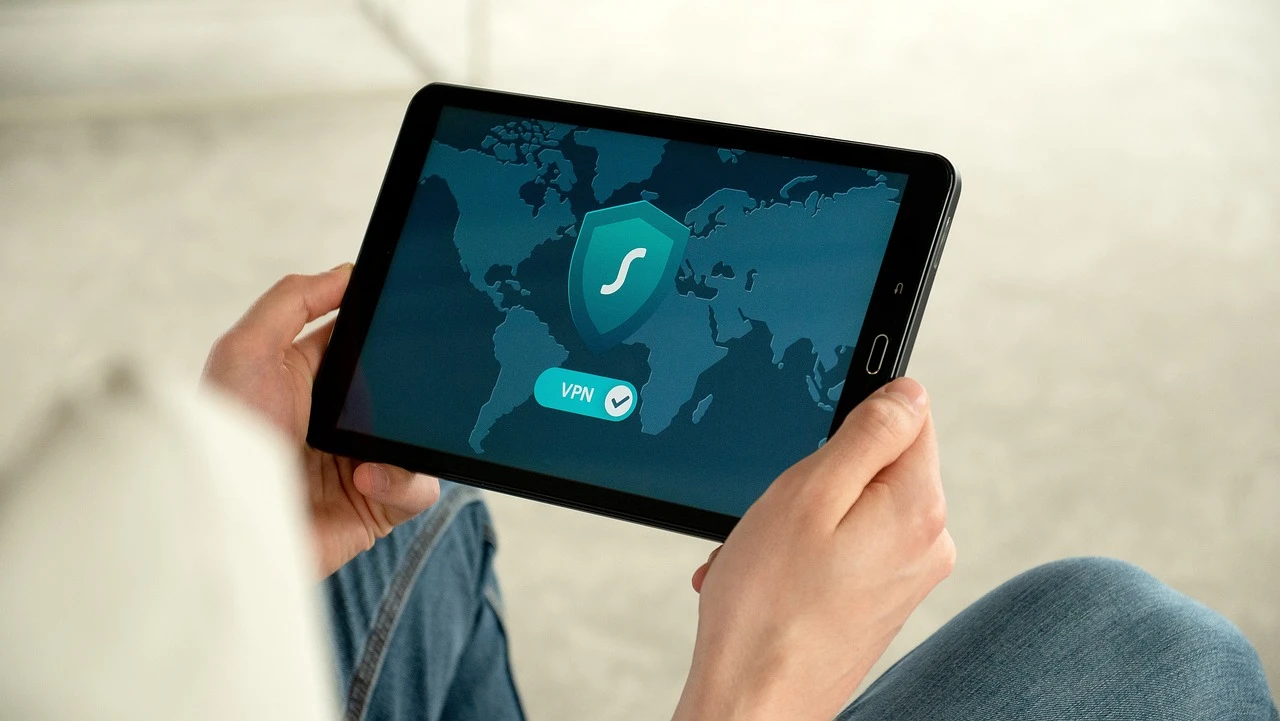Controlar as permissões de aplicativos é uma etapa crucial para proteger seus dados pessoais e manter sua privacidade no smartphone. Os aplicativos geralmente solicitam acesso a vários recursos e informações, o que pode representar riscos se não forem gerenciados adequadamente. Veja a seguir como proteger seus dados gerenciando cuidadosamente as permissões de aplicativos.
Revisar regularmente as permissões

Revisar regularmente as permissões concedidas aos seus aplicativos é essencial para manter o controle sobre seus dados. Tanto o iOS quanto o Android oferecem configurações para verificar quais aplicativos têm acesso a recursos específicos, como câmera, microfone e localização. Ao revisar periodicamente essas permissões, você pode garantir que os aplicativos acessem apenas o que é necessário para sua funcionalidade e revogar o acesso daqueles que não precisam mais dele.
Limitar o acesso a informações confidenciais
Restringir o acesso de aplicativos a informações confidenciais é uma parte fundamental da proteção de sua privacidade. Por exemplo, se um aplicativo não exigir acesso aos seus contatos, localização ou câmera, é aconselhável negar essas permissões. Isso minimiza o risco de uso indevido de dados e ajuda a manter suas informações pessoais seguras.
Use as permissões “Durante o uso do aplicativo”
Tanto o iOS quanto o Android oferecem opções para conceder permissões somente quando um aplicativo está ativamente em uso. Isso significa que um aplicativo pode acessar recursos como serviços de localização somente quando estiver aberto, em vez de ser executado continuamente em segundo plano. Essa configuração é particularmente útil para aplicativos que precisam de dados de localização, mas não requerem acesso constante.
Impedir que os aplicativos acessem dados em segundo plano pode ajudar a proteger sua privacidade e a economizar a vida útil da bateria. No iOS, você pode gerenciar a atividade em segundo plano do aplicativo por meio da configuração Background App Refresh. No Android, você pode restringir o uso de dados em segundo plano para aplicativos específicos por meio das configurações de informações do aplicativo. Isso ajuda a garantir que os aplicativos usem dados somente quando necessário e reduz o risco de coleta não autorizada de dados.
Seja cauteloso com novos aplicativos
Ao instalar novos aplicativos, analise cuidadosamente as permissões que eles solicitam. Desconfie de aplicativos que solicitam acesso a recursos que não são relevantes para sua função principal. Por exemplo, um aplicativo de previsão do tempo não deve precisar de acesso aos seus contatos ou à câmera. A verificação das permissões durante a instalação ajuda a evitar a concessão de acesso desnecessário aos seus dados.
Utilize os recursos de privacidade

Aproveite os recursos de privacidade oferecidos pelo sistema operacional do seu smartphone. No iOS, recursos como o App Tracking Transparency permitem que você controle quais aplicativos podem rastrear suas atividades em outros aplicativos e sites. No Android, você pode usar o Privacy Dashboard e o Permissions Manager para ver e gerenciar o acesso a aplicativos. A exploração e a configuração desses recursos aumentam o controle sobre suas informações pessoais.
Ao revisar regularmente as permissões dos aplicativos, limitar o acesso a dados confidenciais, usar as configurações “durante o uso do aplicativo”, desativar o acesso a dados em segundo plano, ser cauteloso com novos aplicativos e utilizar os recursos de privacidade, você pode proteger seus dados e manter sua privacidade com eficiência. Essas etapas ajudam a garantir que suas informações pessoais permaneçam seguras e que os aplicativos acessem somente o que for necessário para sua operação.


Leave a Reply